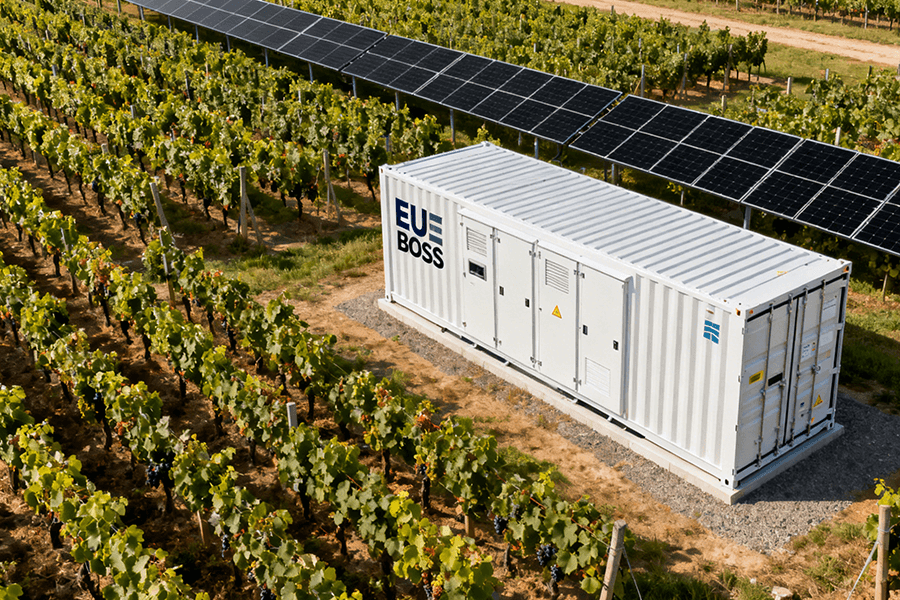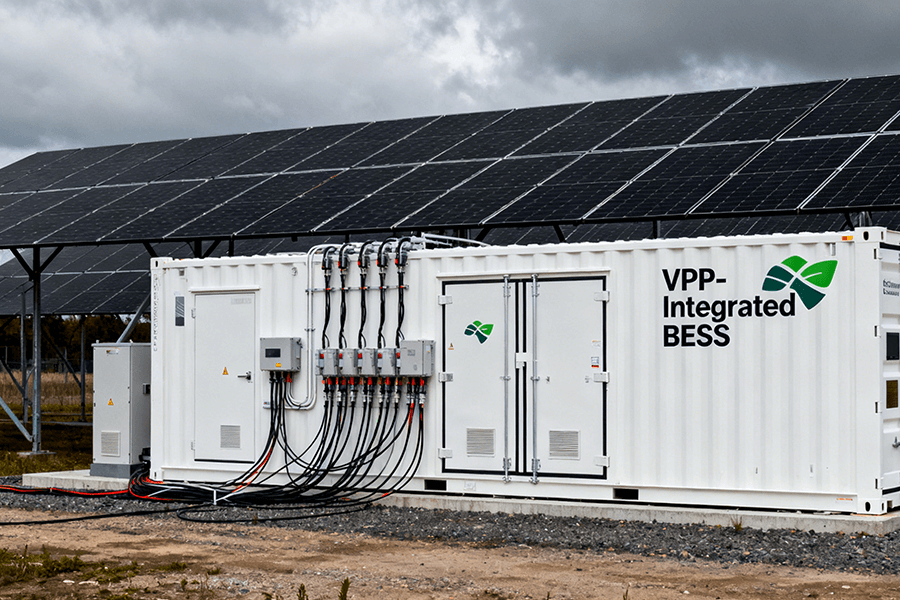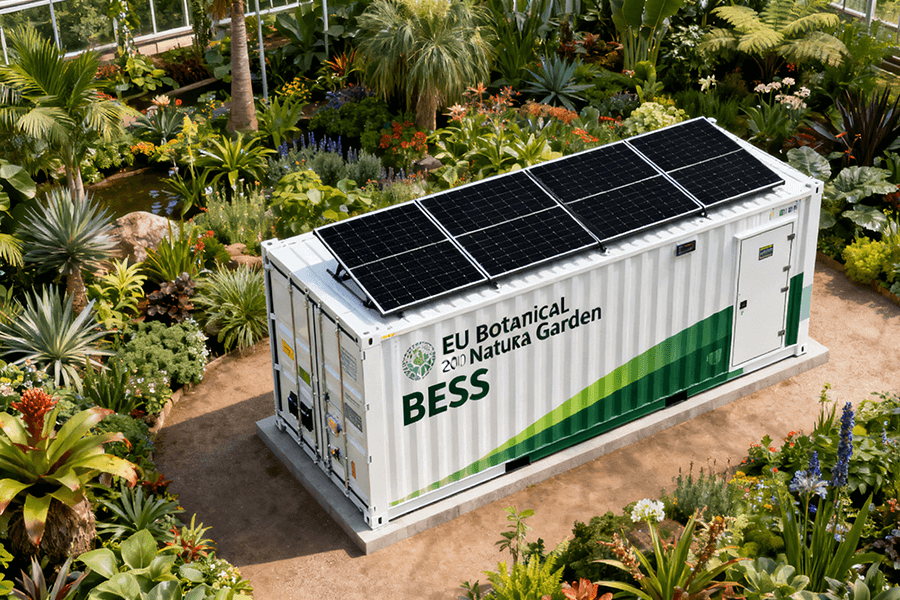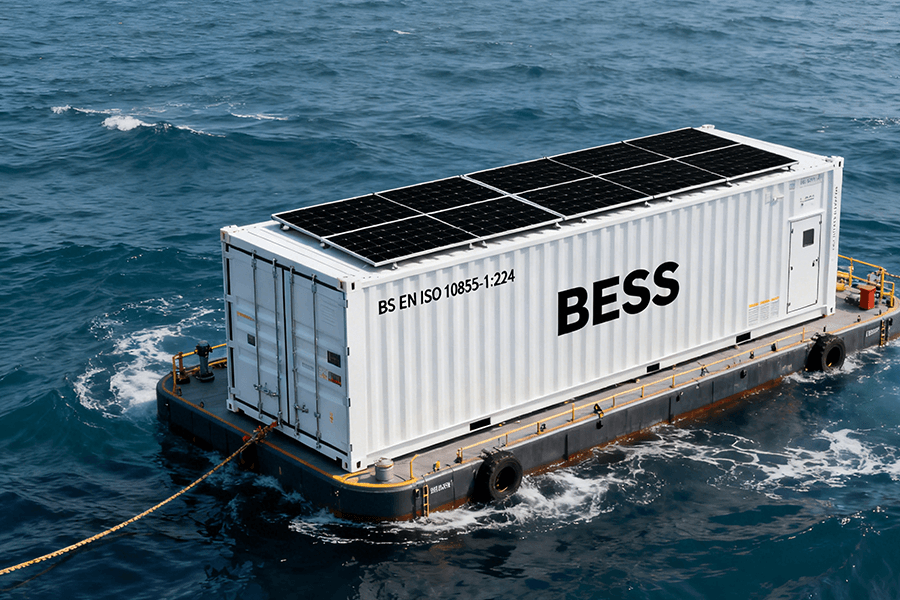Check the level of contamination of the panels to be cleaned before cleaning.
If it is lightly contaminated – no particulate matter, just dust – we recommend just a separate rinsing or brushing operation.
When deep cleaning is required if particulate matter is found on the surface or if you are not sure that it is not there, then it is best to rinse first, then brush after the particulate matter has been rinsed off, and finally, it is best to rinse again with clean water.
Use a small dry broom or rag to sweep away any adherents such as dry floating dust, leaves, etc. from the surface of the component. For the hard foreign matter such as soil, bird droppings, sticky objects immediately attached to the top of the glass, a slightly hard scraper or gauze can be used for scraping, but it should be noted that no hard material can be used to scrape to prevent damage to the glass surface. To sweep the effect to see whether to rinse cleaning.
Rinse cleaning, for tightly adhered to the glass stained material such as bird droppings, plant sap or wet soil and other objects can not be swept away, it is necessary to deal with through cleaning. The cleaning process generally uses water with a flexible brush to remove. If oily dirt is encountered, detergent or soapy water can be used to clean the contaminated area separately.
As long as the weather conditions are not particularly bad, solar photovoltaic systems are always able to generate a certain amount of electricity, and the storage batteries of off-grid and hybrid photovoltaic systems are also able to provide a supply of electricity in the event of bad weather. It is therefore particularly important to pay attention to the maintenance of solar PV modules to ensure that they function properly




